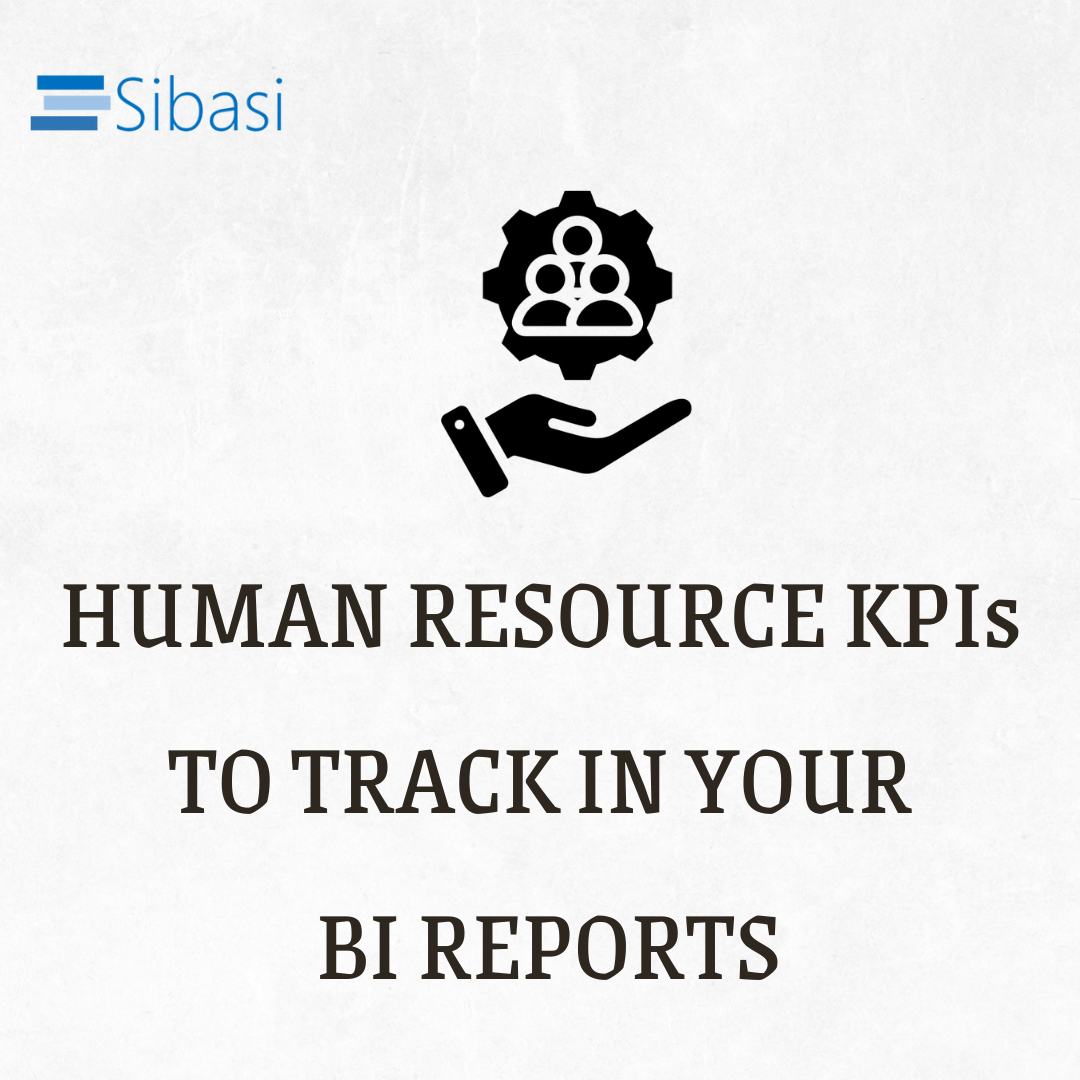
Key Performance Indicators (KPIs) in Human Resources reflect the overall performance of the organization as well as the performances of various departments and individuals. In this article we shall highlight some of these key KPIs that should be tracked for effective Human Resource Management.
Reporting on the workforce is one of HR’s essential tasks. These workforce KPIs are measurable metrics used to assess the effectiveness of various aspects related to managing and optimizing the workforce.
Here are some essential KPIs in workforce tracking in HR:
-
Headcount
Headcount refers to the total number of employees in an organization at a specific point in time or over a defined period. This metric is crucial for workforce planning, budgeting, and assessing overall organizational capacity.
-
Diversity and Inclusion Metrics (KPIs)
This entails measurement of workforce diversity, including factors like gender, ethnicity, and age. These metrics allow management to monitor the organization's commitment to creating a diverse workplace and effective decisions are made that ensure that the workforce reflects a variety of backgrounds, perspectives, and experiences.
-
Employee Attrition Rate
This is the percentage of employees who leave the organization within a specific time frame. This metric provides insights into workforce stability, retention efforts, and potential areas for improvement in talent management strategies.
Another area that is crucial report on is Employee Development in HR. This metric helps measure the impact and success of training initiatives.
Here are some essential KPIs in Training and Development Effectiveness in HR:
-
Training Effectiveness Surveys
Assessment of the effectiveness of training programs is key. This is done by tracking employee skill development, participation rates, and performance improvements. This information helps HR refine training initiatives.
-
Training Costs per Employee
This helps in budgeting and cost management for training initiatives.
-
Retention Rates of Trained Employees
This KPI measures the impact of training on employee retention.
Salary Range Penetration is a key performance indicator (KPI) in human resources that measures the distribution of employee salaries within a predefined salary range.
It indicates the percentage of employees whose salaries fall within the established salary range for their respective positions. Salary Range Penetration is a crucial tool for HR, ensuring internal equity, aligning salaries with policies, guiding retention strategies, assessing competitiveness, and contributing to strategic budget planning.
Finally, having a BI Report of an Employee profile is instrumental in effective human resource management, providing a centralized repository for vital information of an individual such as contact details, career development and leave management.
Below are some screenshots of our Human Resource Demo created in Power BI. That can be integrated into your organization as is or tailored for your unique needs.
1. Workforce Overview

2. Attrition Report

3. Employee Profile

4. Employee Development Report








